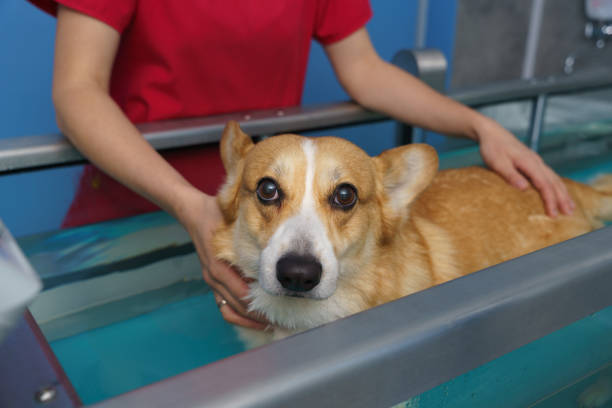Dog Grooming Services: What to Expect and How to Choose
Regular grooming keeps a pet comfortable, reduces shedding, and can reveal skin or ear problems early. Whether you own a long-haired dog, a short-coated cat, or a mixed-breed companion, understanding what professional pet grooming entails helps you pick appropriate services and set realistic expectations for time, frequency, and the level of animal care provided.

What are pet grooming services?
Pet grooming covers bathing, brushing, coat trimming, nail trimming, ear cleaning, and often anal gland expression for dogs when needed. A grooming session can be tailored to the animal’s coat type, age, and any medical conditions. Beyond appearance, routine pet grooming supports hygiene, reduces matting that can trap moisture and parasites, and contributes to overall animal care by allowing groomers and owners to monitor skin, lumps, or infections.
How often should a dog be groomed?
Frequency depends on breed, coat type, activity level, and whether the dog spends time outdoors. Short-haired dogs may need basic grooming every 6–8 weeks, while long-haired or double-coated breeds often require professional visits every 4–6 weeks to prevent mats and maintain a sanitary trim. Pets with skin conditions or senior animals may need more frequent attention. Owners should combine professional grooming with regular at-home brushing to extend the interval between sessions.
Can grooming help cats as well as dogs?
Cats benefit from professional grooming in similar ways, although most cats self-groom. Long-haired or senior cats, and those with limited mobility, may require regular brush-outs, dematting, and occasional bathing to prevent hairballs and skin irritation. A gentle groomer familiar with feline behavior will prioritize short, low-stress visits and may offer services such as nail trims, sanitary trims, and coat treatments that complement veterinary advice and broader animal care routines.
What does a professional groomer do?
A professional groomer assesses coat condition, temperament, and any visible health concerns before beginning. Typical tasks include deshedding, breed-standard or owner-requested cuts, sanitary trims, ear cleaning, nail clipping, and ear and paw care. Groomers also practice safe handling and may recommend products for sensitive skin or flea control. If any health issues are spotted—open wounds, parasites, or suspicious bumps—groomers generally advise consulting a veterinarian so that grooming and medical care are coordinated.
This article is for informational purposes only and should not be considered medical advice. Please consult a qualified healthcare professional for personalized guidance and treatment.
What services are included in pet grooming?
Service menus vary but commonly list basic baths, flea baths, full grooming (bath, cut, nail trim), de-shedding treatments, and specialty services like teeth brushing, gland expression, or coat conditioning. Mobile groomers, salons, and veterinary clinics may also offer puppy/kitten introductions or behavioral acclimation sessions. Ask about the products used, whether hypoallergenic or medicated shampoos are available, and how the groomer handles pets with anxiety or medical needs.
How to find local groomer and compare services
When looking at local services, check qualifications, experience with your pet’s breed or size, cleanliness standards, and whether the groomer requires vaccinations. Read reviews focusing on safety and animal care, not just aesthetics. Visit a facility beforehand if possible to observe handling and sanitation. Compare whether services include nail trims and ear care or if they are add-ons. A clear price list and a willingness to communicate about health concerns are reliable indicators of responsible groomers.
Conclusion
Dog grooming services blend practical hygiene with attentive animal care: they improve comfort, help detect health issues early, and maintain coat and skin condition. Matching service frequency and specific treatments to your pet’s breed, age, and health needs helps ensure grooming is a positive, beneficial part of routine care for both dogs and cats.





